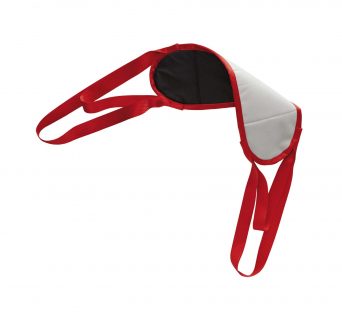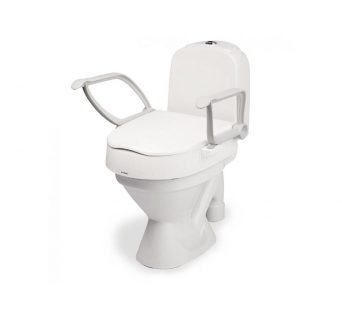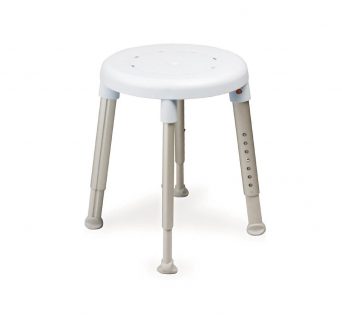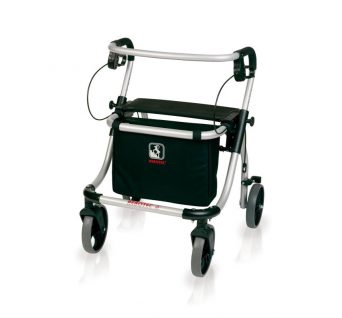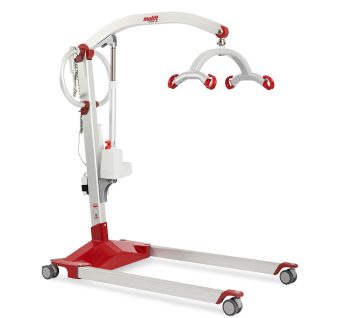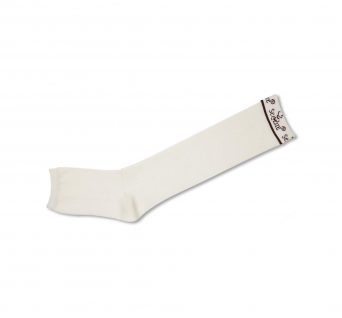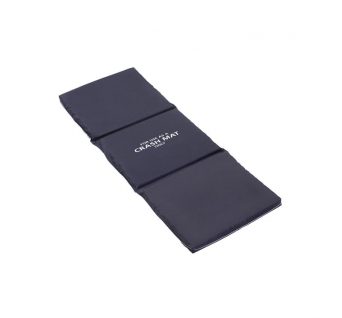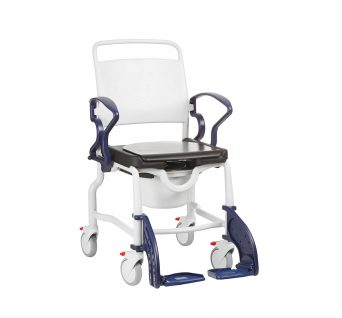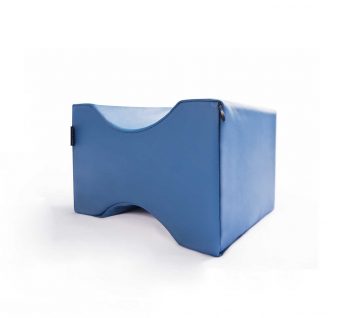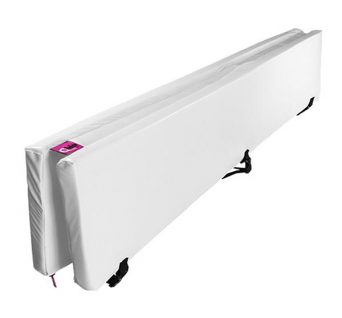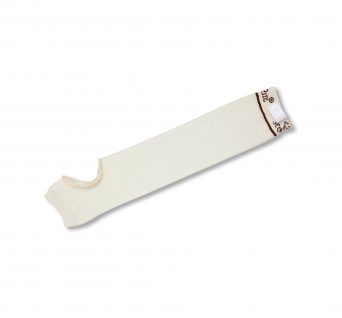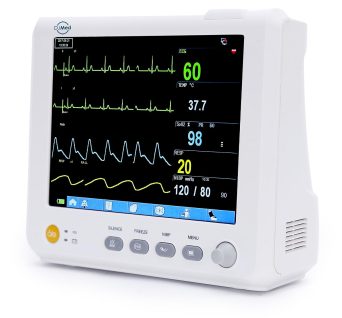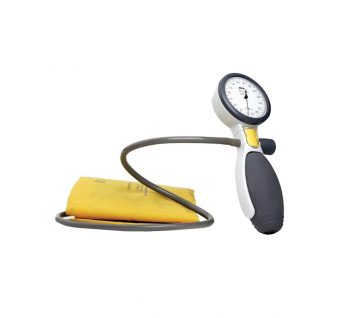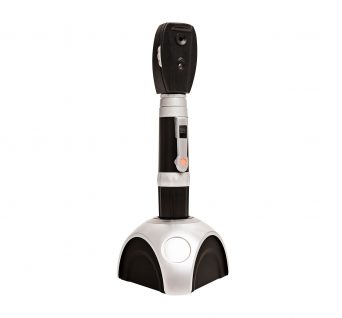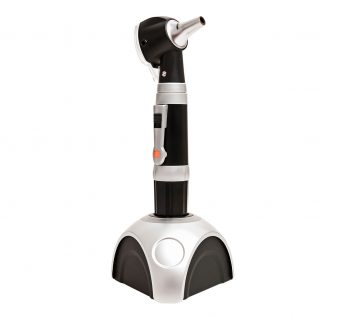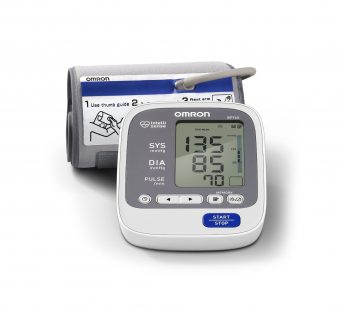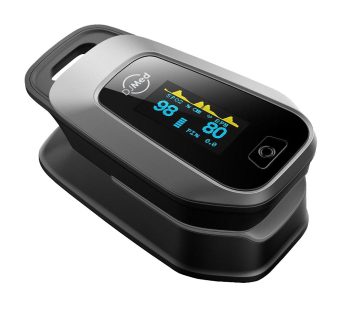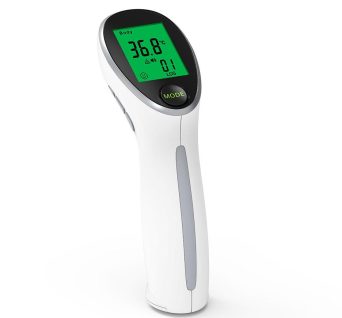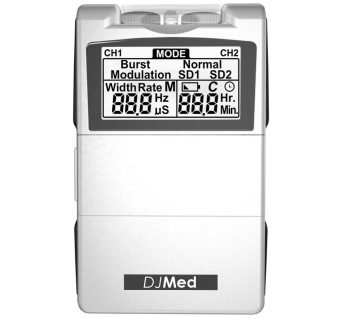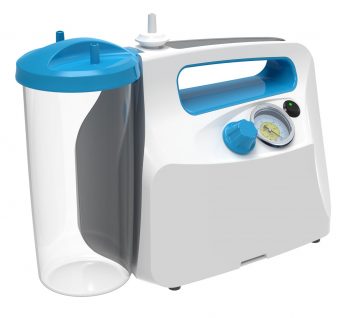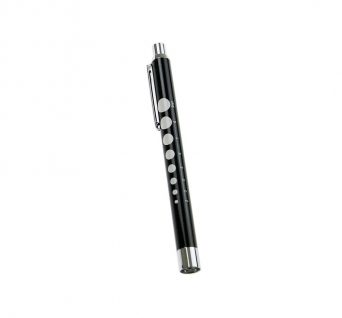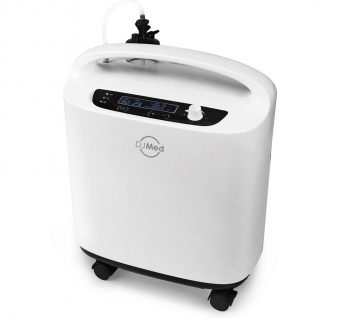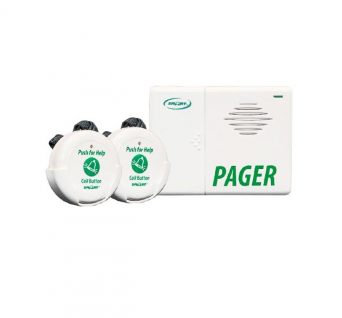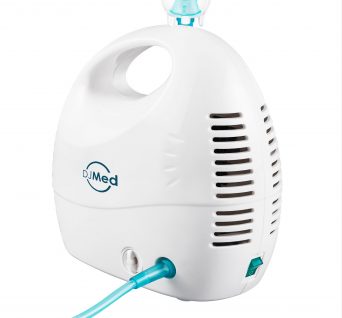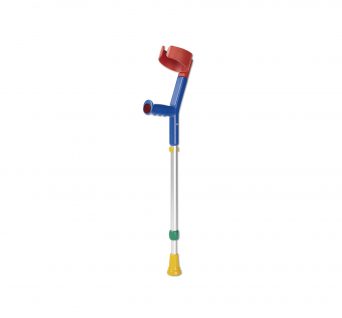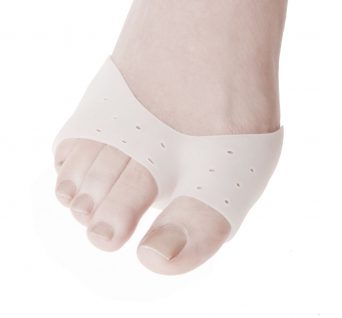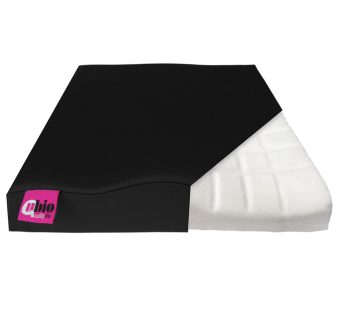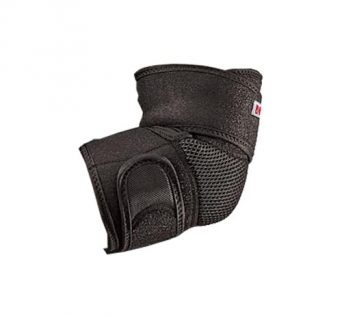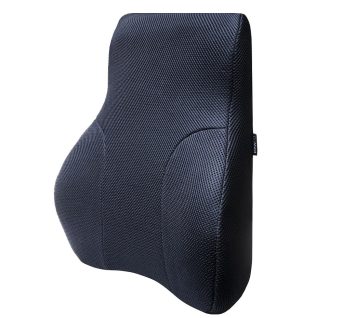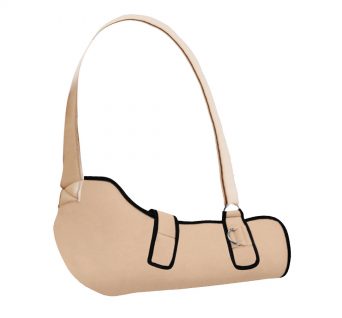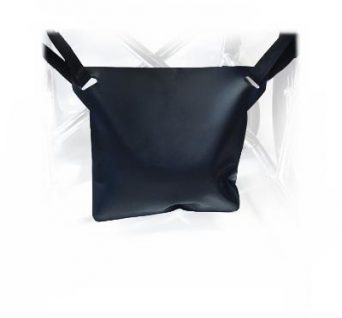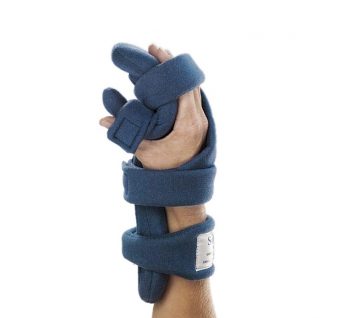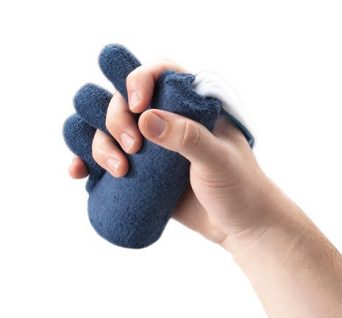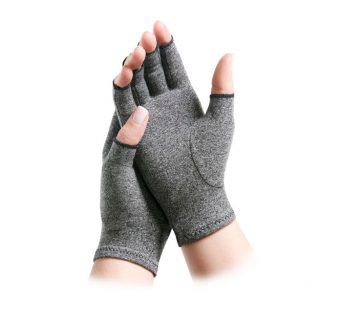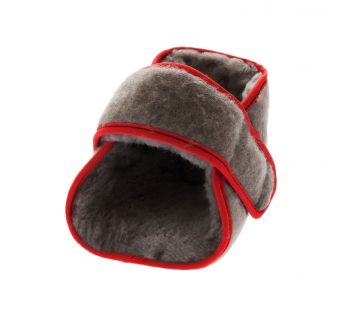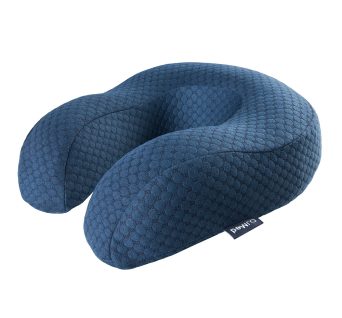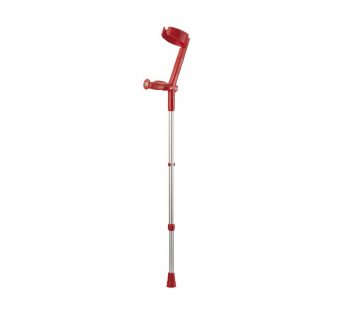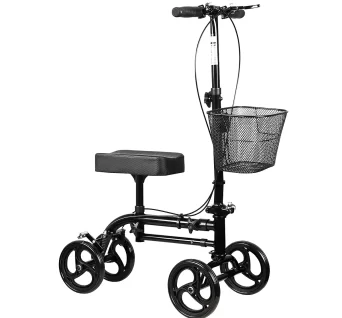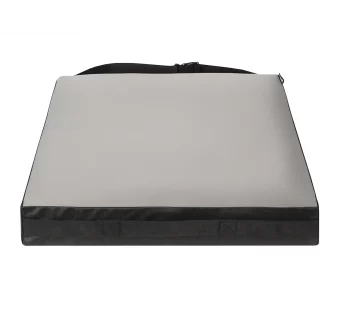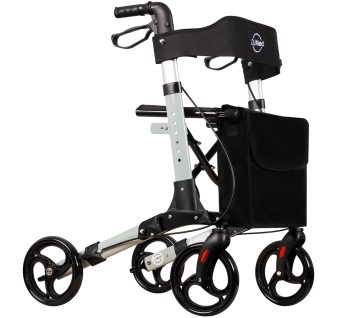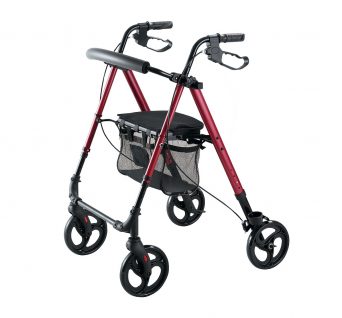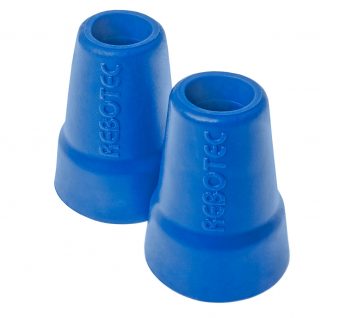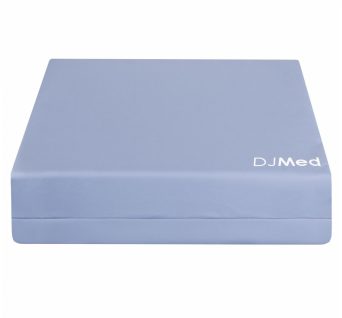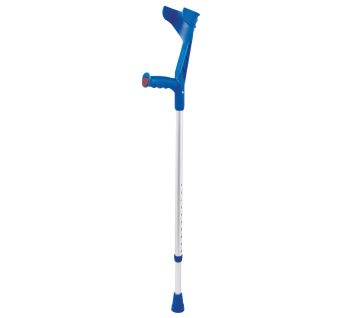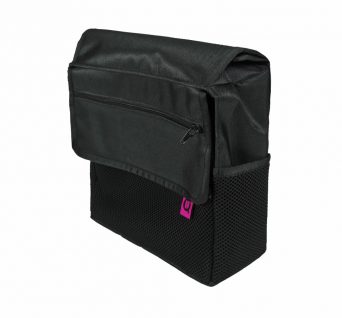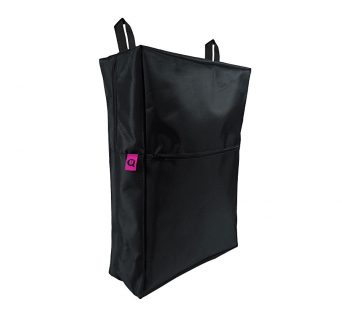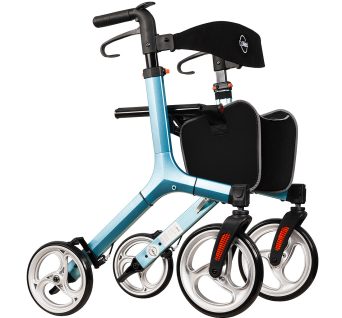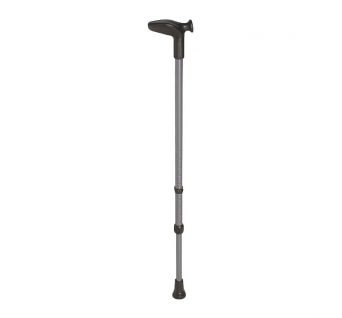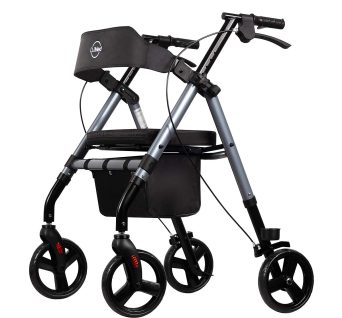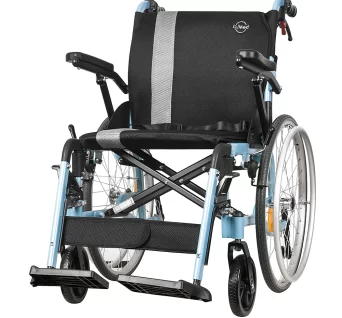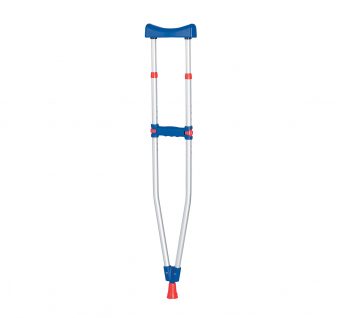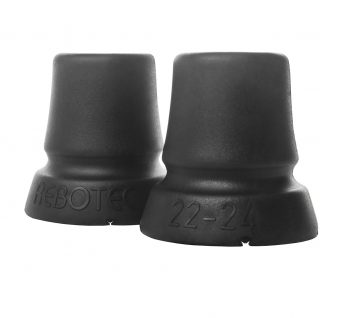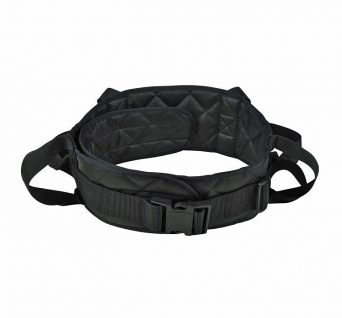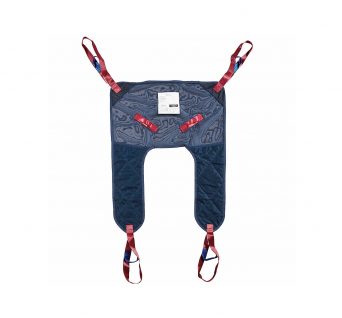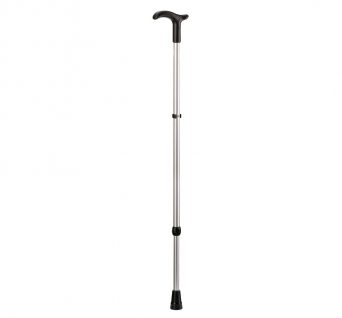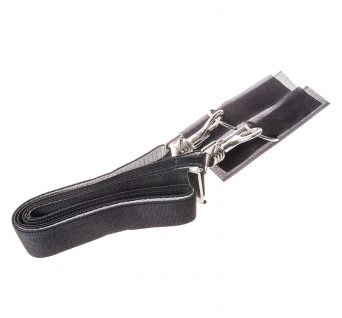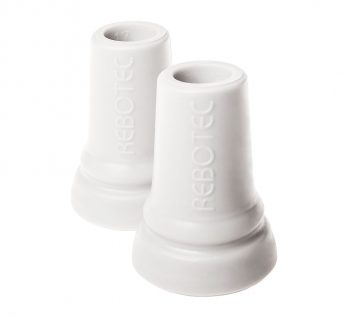No products in the cart.
Mobility
Showing 1–30 of 122 results
- Wheelchair Cushions
Gel Wheelchair Cushion, High Pressure Care
Pressure relief gel and memory foam cushion, make sitting comfortable.
Gel & foam chair cushions are very effective for people who need a little extra padding when sitting for extended time periods.
Pressure sores are an issue when sitting immobile where our gel cushion is supporting and contouring for relief from the constant pressure.
Includes wipeable, liquid resistant cover.
SKU: 102428 - Rollators & Walkers
Euro Walker – 4 Wheeled Rollator Walker
Aluminium rollator walker, easy fold for car boot and storage, with bag and flex seat.
When you need a walker that can do it all, look no further than this versatile Euro Walker – 4 Wheeled Rollator Walker. The easy-fold design makes it super easy to store and transport, while the cross-brace provides added stability for those really tough terrains.
It is also incredibly lightweight and durable, thanks to its high-quality construction. The push button handle height adjustment makes navigating indoors and outdoors easier than ever before.
SKU: n/a - Rollators & Walkers
Lightweight Classic Rollator Walker
Light weight yet very sturdy folding rollator walker with large diameter wheels.
Experience newfound freedom with our Lightweight Rollator Walker! Designed for ultimate comfort and convenience, this innovative walker offers you the support you need while maintaining your active lifestyle. Move effortlessly through your day, whether it’s a leisurely stroll in the park or a trip to the store.
The lightweight yet sturdy frame ensures easy manoeuvrability, while the ergonomic handles and padded seat provide comfort during breaks. With its foldable design, storage and transport are a breeze. Reclaim your independence today with the Lightweight Rollator Walker
SKU: 20119 - Wheelchair Cushions
Dual Layer Wheelchair Cushion
Progressive density, memory foam wheelchair support cushion with liquid resistant cover.
It can alleviate discomfort associated with sitting for long period of time. Perfect for wheelchair bound individuals offering comfort and pressure relief.
The memory foam is durable and layered for optimal processive support. Castellated memory Foam wheelchair cushion so it is easy to take with you no matter where you go.
Includes wipeable, liquid resistant cover with protective skirt cover over zipper for further continence resistance.
SKU: 1020 - Crutches
Rebotec ECO 120 – Forearm Crutches
Strong, lightweight, attractive, made in Germany (pair)
Forearm Crutches are constructed of lightweight aluminium tubes for light, easy, and comfortable maneuverability.
ECO 120 forearm crutches are height adjustable, attractive and strong. Smartly designed and manufactured in Germany.
SKU: 7799 - Crutches
Rebotec Travel – Collapsible Elbow Crutches
Collapsible for small size, includes bag for travel (sold in pairs)
Very convenient to carry, travel and store. It is made of high-quality material, durable and strong. Move around in safety indoors and out with the help of these travel crutches.
Sold in pairs (2pc)
SKU: 108. - Wheelchair Accessories
Wheelchair Back Bag
Nylon wheelchair bag with 2 loops to hang over the back of a wheelchair
With a functional and an all-black classy design, this wheelchair back bag offers ample storage and quick access to all of your stuff.
The bag fits easily on the back of a wheelchair with two loops.
SKU: 708200 - Crutches
Rebotec BIG 250 – Heavy Duty Forearm Crutches (Pair)
Strong, adjustable, attractive, made in Germany
Heavy-duty bariatric forearm crutches are height-adjustable, ergonomic, and certified for up to 250kg support. Quality forearm crutches with smart German design & manufacturing.
Crutches are sold in pairs (2pc)
SKU: n/a - Rollators & Walkers
Prestige Euro Walker – Rollator Mobility Walker
Four wheeled mobility walker with superior walking ergonomics, outstanding maneuverability and an exceptional design.
Large 10″ wheels for stability. Wide comfort seat. Hidden break cable run through the body of the rollator. Compact design.
Order now for a FREE delivery!
SKU: n/a - Rollators & Walkers
Rebotec Polo Plus-T – Euro Rollator Walker
Aluminium rollator with bag, dual action brake, foldable, includes a bag with puncture-proof tires. Made in Germany.
High stability rollator walker with locking breaks, a solid seat for safety and stability and on the spot turning circle agility.
SKU: n/a - Rollators & Walkers
Classic Rollator, Mobility Walker
It’s like having a strong, steady friend by your side. With its sturdy frame and comfy handles, you can take on your day with confidence.
This nifty walker is perfect for folks like you who want to keep moving but need a little extra support. It’s sturdy, comfy, and oh-so-easy to use. Here’s why you’ll love it:
- Smooth-rolling wheels that glide over bumps and cracks
- Comfy padded seat for when you need a quick breather
- Handy storage pouch for your essentials (or grandkid’s snacks!)
- Easy-to-use hand brakes for safety on slopes
- Folds up in a jiffy for trips or storage
Whether you’re heading to the grocery store, taking a stroll in the park, or visiting the grandkids, this walker’s got your back. It’s like having a dependable friend by your side, always ready to lend a hand.
Don’t let anything slow you down – grab your Classic Rollator today and keep on rolling!
SKU: n/a - Manual Wheelchairs
MyRide Self-propelled Wheelchair, Fully-featured
Modern, fully featured, lightweight, Self-Propelled wheelchair.
Padded seat, flip up armrests for easy transfer, removable footrests, anti-tip wheels, puncture proof tires, dual breaks wheelchair.
Modern design, fully featured wheelchair in fresh colour scheme.
SKU: n/a - Crutches
Rebotec Quick´N Easy – Underarm Crutches – Pair
Light aluminum, strong underarm crutches, with a comfortable, attractive design made in Germany
Stable, durable, and lightweight tube crutches with a height adjustable pushpin base.
Equipped with a clip lock soft rubber hand-grips and cushioned armpit support for comfortable manoeuvrability.
SKU: 7798 - Transfer Aids
Support Transfer Belt with Leg Straps
Gait belt boosts patient’s confidence, makes mobilization easier, safer for patient and the care giver.
With an adjustable non-slip belt with diagonally placed handles, this support belt permits a better grip for the caregiver while assisting patients during transfers or supporting them during walking and standing.
SKU: 4515 - Wheelchair Accessories
Wheelchair Drainage Bag Holder
Contains Spills – Discreet – Convenient
One of many useful additions to a standard wheelchair for effective and efficient patient care, the Wheelchair Drainage Bag Holder provides a place to protect and transport a patient’s urinary drain bag. The Wheelchair Drainage Bag Holder is perfect as it can fit right on the back of a wheelchair and discreetly contain a single drainage bag without drawing attention.
SKU: 3623
Mobility
The mobility equipment category encompasses a wide range of products designed to assist individuals with mobility impairments, disabilities, or age-related limitations in moving around and performing daily activities. These products are crucial for enhancing the independence, safety, and quality of life for people with mobility challenges. Here are some common types of mobility equipment:
Wheelchairs: Wheelchairs are perhaps the most recognizable mobility aids. They come in various types, including manual wheelchairs, which require self-propulsion, and powered wheelchairs, which are motorized and operated by a joystick or other control mechanisms.
Mobility Scooters: Mobility scooters are electric vehicles designed for individuals who have difficulty walking long distances. They are commonly used in outdoor settings and provide a comfortable, seated position for the user.
Walkers: Walkers are lightweight frames with four legs or wheels, designed to provide stability and support while walking. They are often used by individuals with balance or strength issues.
Canes: Canes are single-pointed mobility aids that provide extra support and stability when walking. They are generally used for mild balance or mobility issues.
Crutches: Crutches are used when one leg is injured or weakened, helping individuals to offload weight from the affected limb and maintain mobility.
Orthopedic Braces: Orthopedic braces, such as knee braces, ankle braces, and back braces, help stabilize and support specific joints or areas of the body, allowing individuals with mobility issues to move with greater comfort.
Stairlifts: Stairlifts are motorized chairs attached to a rail system that allows individuals to be transported up and down stairs, particularly in homes with multiple levels.
Ramps: Ramps provide wheelchair or scooter users with a smooth and accessible way to navigate changes in elevation, such as steps or curbs.
Transfer Aids: Transfer aids include items like transfer boards, lift chairs, and patient lifts, which assist individuals in moving from one surface to another, such as from a bed to a wheelchair.
Adaptive Accessories: These include various adaptive products like mobility bags, cup holders, and trays designed to attach to wheelchairs and scooters to improve convenience and accessibility.
Mobility Accessories: Additional accessories such as cane holders, walker baskets, and wheelchair cushions enhance the functionality and comfort of mobility equipment.
The choice of mobility equipment depends on an individual's specific needs and mobility limitations. Healthcare professionals, such as physical therapists and occupational therapists, often play a crucial role in assessing a person's mobility requirements and recommending appropriate equipment. Additionally, many mobility aids are customizable to suit individual preferences and physical conditions, contributing to increased independence and improved quality of life for those who require them.
What is better for me: manual wheelchair, vs electric wheelchair vs mobility scooters?
The choice between a manual wheelchair, an electric wheelchair, or a mobility scooter depends on your individual needs, preferences, and mobility capabilities. Each option has its advantages and disadvantages, so it's essential to consider your specific circumstances to determine which one is better for you:
Manual Wheelchair:
Advantages: Portability: Manual wheelchairs are lightweight and easy to transport, making them suitable for frequent travel. Exercise: Propelling a manual wheelchair provides a form of upper-body exercise. Reliability: They have fewer mechanical components that can malfunction compared to electric wheelchairs or scooters.
Considerations: Physical Strength: Using a manual wheelchair requires upper-body strength and endurance, so it may not be suitable for individuals with significant upper-body weakness. Energy Consumption: Manual wheelchairs require physical effort, and users can become fatigued, especially when navigating slopes or uneven terrain.
Electric Wheelchair:
Advantages: Independent Mobility: Electric wheelchairs offer independent mobility and require less physical effort than manual wheelchairs. Customization: They can often be customized to suit individual needs, with various seating options, control mechanisms, and accessories available. Greater Range: Electric wheelchairs typically have longer battery life and are suitable for longer trips.
Considerations: Weight and Size: Electric wheelchairs are heavier and bulkier than manual wheelchairs, making them less portable and requiring larger spaces for storage and transport. Maintenance: They have more complex mechanical and electrical components that may require maintenance and repairs.
Mobility Scooter:
Advantages: Outdoor Use: Mobility scooters are designed for outdoor use and are ideal for running errands, shopping, and recreational activities. Comfort: They offer a comfortable, seated position, making them suitable for individuals who have difficulty sitting upright for extended periods. Stability: Mobility scooters typically offer good stability, which can be reassuring for users with balance issues.
Considerations: Limited Accessibility: Scooters may not be as maneuverable in tight indoor spaces, and some buildings may not have suitable access for them. Weight Capacity: Ensure that the scooter you choose can support your weight and any additional items you plan to carry.
To make an informed decision, it's essential to consult with a healthcare professional, such as an occupational therapist or physical therapist, who can assess your specific mobility needs and provide personalized recommendations. They can also consider factors like your physical condition, lifestyle, where you plan to use the mobility device, and your budget.
Ultimately, the "best" option for you will depend on your unique circumstances, and it may involve a combination of different mobility devices for different situations.

